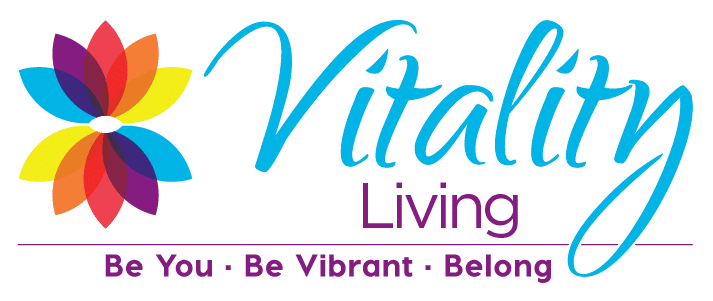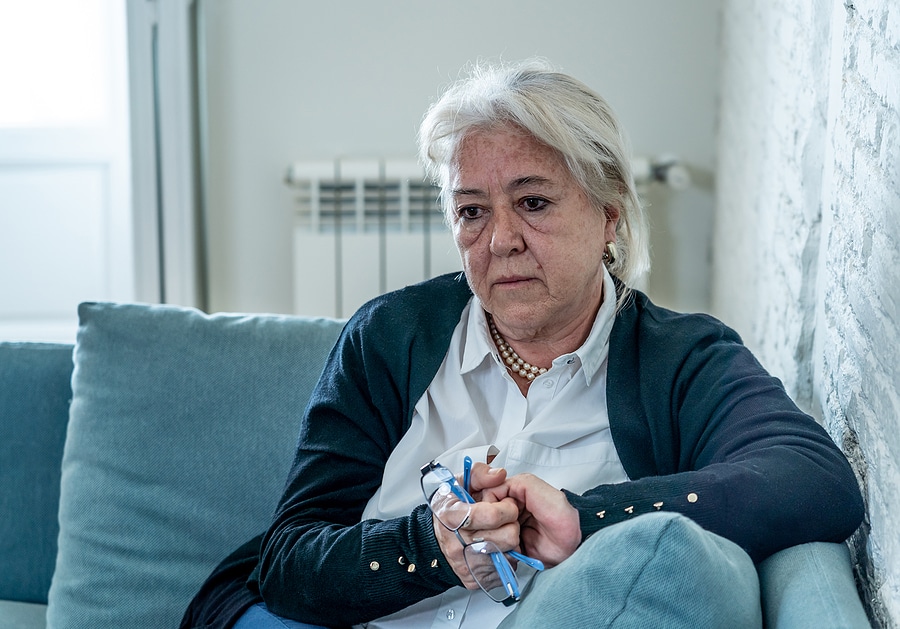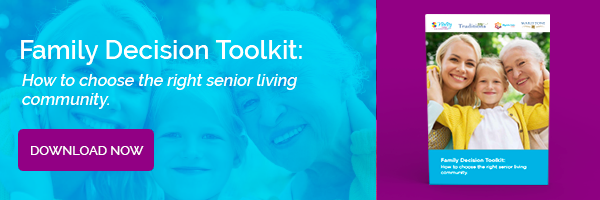The Real Impact of Loneliness on Senior Health
Loneliness is often invisible, but its effects are not. As we recognize National Loneliness Awareness Week every June, it’s time to talk about something that affects millions of older adults in a very real way: senior loneliness.
More than just a passing feeling, loneliness is a serious public health concern, especially among older adults. It’s not about how many people are around you, but whether you feel truly seen, heard, and valued. And when that’s missing, it doesn’t just weigh on your heart, it weighs on your whole body.
In this blog, we’ll explore the surprising science behind loneliness in seniors, its impact on senior health, and practical ways to nurture meaningful social connections—whether you’re aging at home or exploring vibrant, active senior living communities like those at Vitality Living.
The Hidden Health Risks of Senior Loneliness
You might be surprised to learn that chronic loneliness can be just as damaging to your health as smoking 15 cigarettes a day. That’s not just a dramatic comparison, it’s a widely cited finding from the National Institute on Aging.
For seniors, the risks are especially acute:
- Cognitive decline and increased risk of dementia
- Depression and anxiety
- High blood pressure and cardiovascular disease
- Weakened immune function
When left unaddressed, senior loneliness can spiral into serious health complications, compounding existing medical issues and reducing quality of life.
At Vitality Living, we believe in addressing the root causes of disconnection by creating environments where older adults feel empowered to live boldly and independently.
Vitality Living Tip: Pay attention to patterns like withdrawal, sleep changes, or a lack of motivation—these may be signs of more than just a “bad day.”
How Loneliness Affects the Brain and Body
Loneliness is more than a mood, it’s a force that triggers real, physical responses. Studies show that prolonged isolation increases cortisol levels, the body’s primary stress hormone. Over time, this sustained stress can:
- Disrupt sleep
- Increase inflammation
- Impair cognitive processing
In fact, loneliness in seniors has been linked to faster rates of cognitive decline and an increased risk of Alzheimer’s disease. And while the mental effects are profound, the impact on physical health is just as serious.
That’s why senior wellness depends on more than just medication and diet. It’s about how you spend your days, who you spend them with, and how supported you feel.
When you live at a Vitality Living community, wellness becomes more than a checklist. It is a lifestyle rooted in purpose, movement, and joy.
Vitality Living Tip: Support brain health by combining daily movement, mentally stimulating activities, and authentic social engagement.
Why Older Adults Are Especially Vulnerable
Many factors can make senior loneliness more likely, including retirement, the loss of a partner or friend, mobility challenges, or family living far away. Even seniors with active social lives can still feel isolated if they lack deep social connections.
And let’s not forget technology. While it’s a lifeline for many, digital interaction isn’t always a substitute for shared experience. FaceTime doesn’t quite replace face-to-face.
Independent living communities like those at Vitality Living are designed to reduce isolation naturally. Whether it’s through spontaneous hallway chats or group meals, natural everyday moments spark laughter and connection.
Vitality Living Tip: If you’re noticing prolonged feelings of loneliness, talk to someone. Sometimes, one honest conversation is the first step to change.
From Loneliness to Belonging: What Actually Helps
Research shows that meaningful social connections are one of the strongest predictors of longer life and better health. But what does that look like in practice?
It might mean:
- Participating in clubs or classes that align with your interests
- Taking group fitness classes (even chair yoga counts!)
- Volunteering for causes you care about
- Sharing meals with friends instead of eating alone
Vitality Living Tip: Don’t wait for an invitation—create the moment. Ask someone to coffee. Join the group. Say yes more often.
The Power of Community in Active Senior Living Communities
Not all senior living communities are created equal. What sets active senior living communities apart is their focus on possibility, not limitation.
At Vitality Living, that means:
- Residents take the lead in clubs and interest groups
- Events and outings are designed with input from those who live there
- Wellness programs support mind, body, and spirit
The result? Older adults feel ownership over their time, their relationships, and their growth. And that creates an environment where loneliness isn’t just addressed, it’s actively prevented.
If you’re exploring senior living options, prioritize community culture. Look for a place that sparks excitement, not just convenience.
Vitality Living Tip: Schedule a tour, attend a lunch, or talk to current residents. Feel the energy, don’t just read the brochure!
Loneliness Isn’t Just a Feeling—It’s a Signal
If National Loneliness Awareness Week reminds us of anything, it’s this: feeling lonely isn’t a weakness. It’s a sign that something essential is missing—and that something can be restored.
For older adults, especially, naming and addressing senior loneliness can be the first step toward a healthier, more fulfilling future.
At Vitality Living, we believe in living out loud. In staying curious. In saying yes to something new.
Whether you’re looking for support, inspiration, or just a place to belong, we’re here to help you thrive. Reach out today.
Be You. Be Vibrant. Belong.



